12 Exciting Reasons to Ditch Europe for This Thrilling South American City Bursting with Iconic Landmarks
I adore Europe just like everyone else, yet this city in South America boasts an abundance of attractions! Keep reading to discover why I believe Brazil’s second largest metropolis is a significant overlooked treasure…
Rio de Janeiro typically doesn’t make it to the pinnacle of most travelers’ wish lists. Despite its reputation for beingunsafe, the city boasts one of the Seven Wonders of the World, which creates quite a contrast!
Still, I believe ignoring Rio would be a significant error! Actually, Rio turned out to be one of the most unexpectedly wonderful places I have ever visited. Going into it without clear expectations, I ended up completely captivated by the experience.
In general, I believe Rio de Janeiro is a significantly underappreciated location globally, and numerous tourists overlook it when they’re thinking about their next trip. My aim with this piece is to encourage you to give Rio a shot!

12 Compelling Reasons Why You Ought to Explore Rio de Janeiro
1. The cuisine is absolutely delightful.
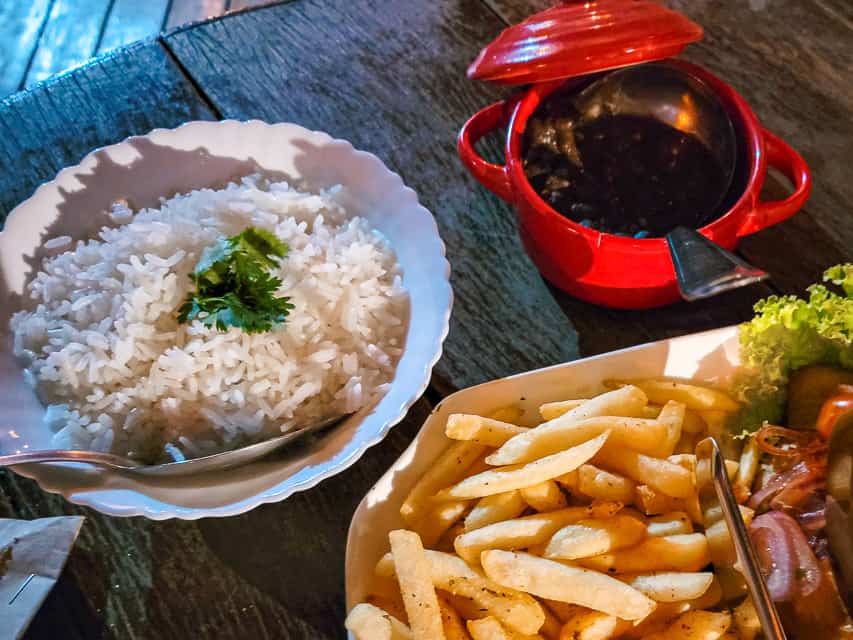
When you think of “Brazil” and “food,” many immediately associate it with Brazilian barbecue—which is well-deserved praise since it’s incredibly tasty. Some also recognize the vast array of fresh tropical fruits available for sampling—absolutely correct! (you haven’t truly tasted pineapple until you’ve had it here). However, in both urban centers like Rio de Janeiro and beyond, the real foundation of daily meals consists of rice and beans.
Before you dismiss it, recognize that this “simple” dish forms the bedrock of Brazilian cuisine and surprisingly packs a lot of flavor. Both Matthew and I were initially puzzled about why this unassuming meal could be so tasty.
Primarily, beans and rice are prepared with salt and garlic, yet they end up flawlessly spiced and harmonious. Honestly, you should be enthusiastic about the rice and beans.
Apart from rice and beans, Rio de Janeiro merits a visit solely for its churrascarias, which are essentially Brazilian steakhouses. Should you have experienced an American version of Brazilian BBQ before, you’re familiar with the process—large skewers laden with meat circulate through the dining area, and waitstaff offer slices right at your table.
You have the opportunity to taste an extensive range of meats using this method, which turn out incredibly moist, tender, and full of flavor. It genuinely amazed me how spectacular the experience was in my mouth.
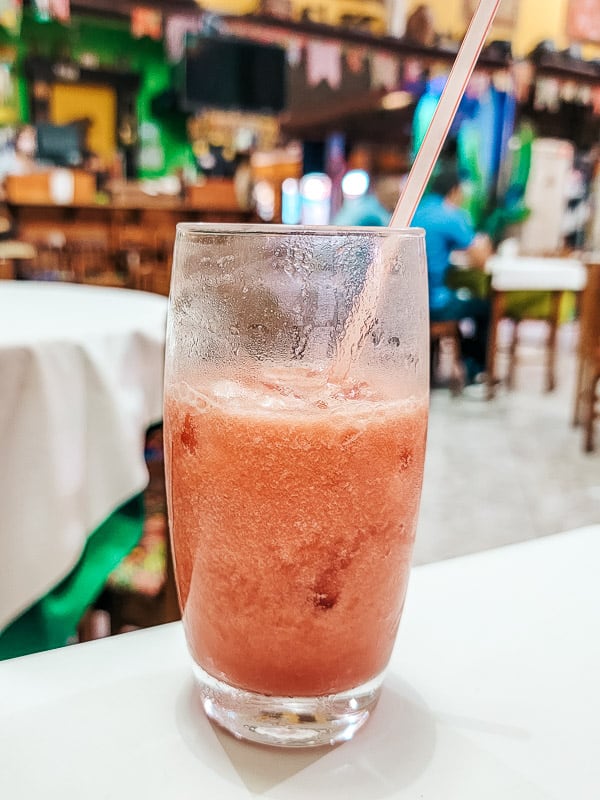
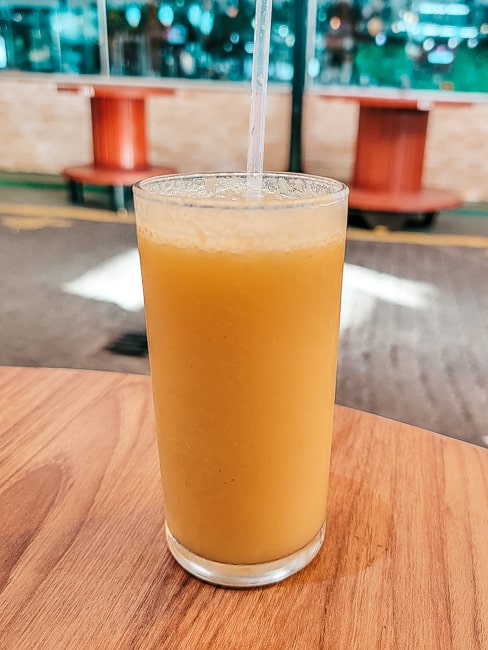

Other drinks and
Dishes to try in Rio de Janeiro
are:
-
Fruit juices
(SO MANY JUICE VARIETIES), including several I hadn’t even known existed. -
Pão de queijo
(Brazilian cheese bread) -
Pastels
(a pastry stuffed with seasoned meat and then deep-fried) -
Brazilian limeade
,
Guarana
(a favorite Brazilian soda) -
Churros
(containing chocolate or caramel and commonly seen on street carts throughout the city) -
Acai
Simply jotting down that list has made my mouth water! Honestly, the cuisine in Brazil is amazing, and it’s undoubtedly one of the top reasons to check out Rio de Janeiro.
2. The Natives Are Welcoming
While traveling, you often hope that the people who live locally will be kind and amiable, and this expectation holds true for Rio de Janeiro. The residents we encountered were quite approachable and hospitable, going out of their way to assist us despite our limited understanding of the Portuguese language.
Certainly, crime poses an issue in Rio; hence, one must remain vigilant. However, most of our encounters with locals were typically neutral, often friendly, or quite amiable.
3. The beaches are stunning
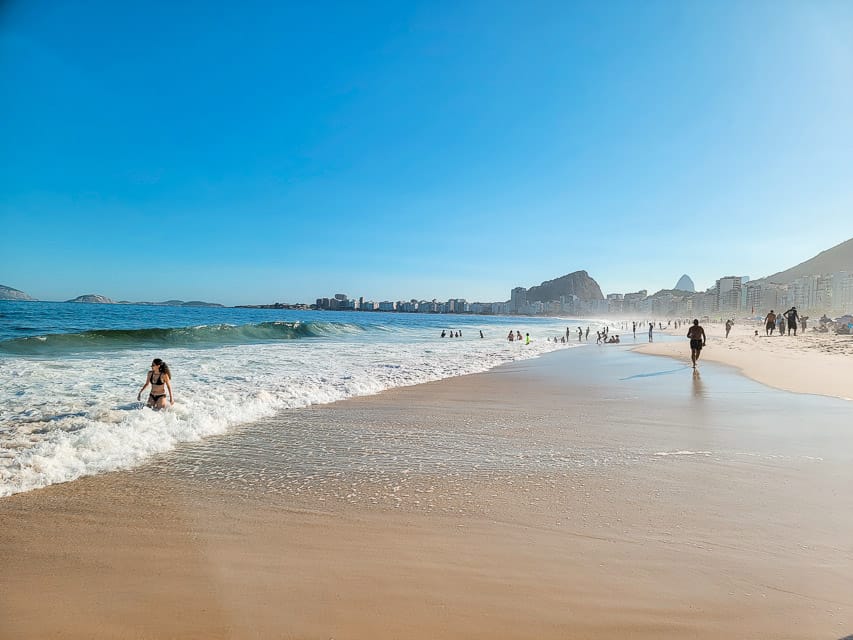
Many visitors choose to come to Rio de Janeiro solely because of its renowned beaches, which hold global recognition! The expansive Copacabana Beach sits prominently at the heart of the city, while nearby Ipanema Beach is equally cherished by both residents and travelers.
Further away, you’ll discover beautiful beaches such as Grumari Beach, Red Beach, and Prainha Beach, places where you’re likely to encounter far fewer visitors compared to Copacabana and Ipanema.
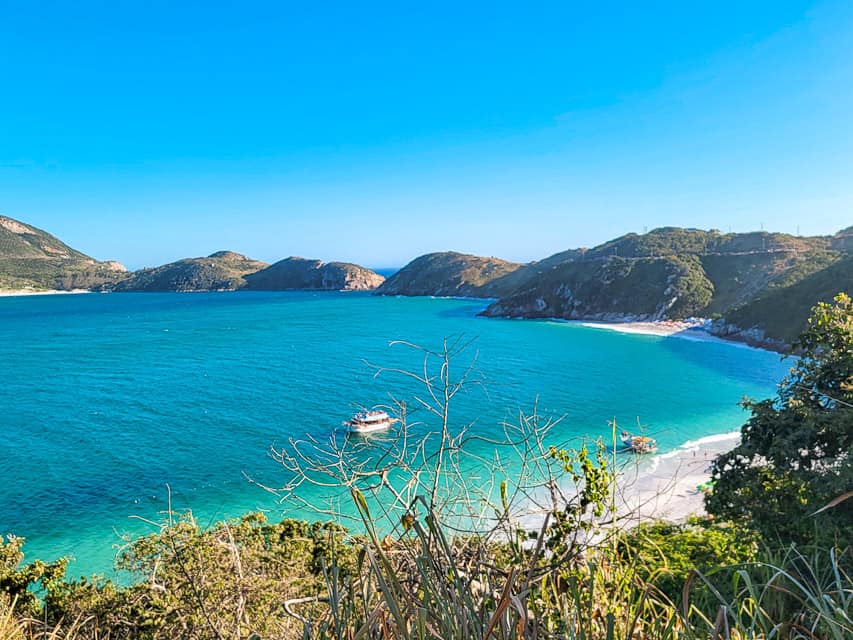
Approximately two hours away from Rio lies Arraial do Cabo and Cabo Frio, two coastal towns whose beaches are often likened to the “Caribbean of Brazil” due to their crystal-clear turquoise waters and fine, sandy shores.
4. The Terrain Holds Unique Characteristics
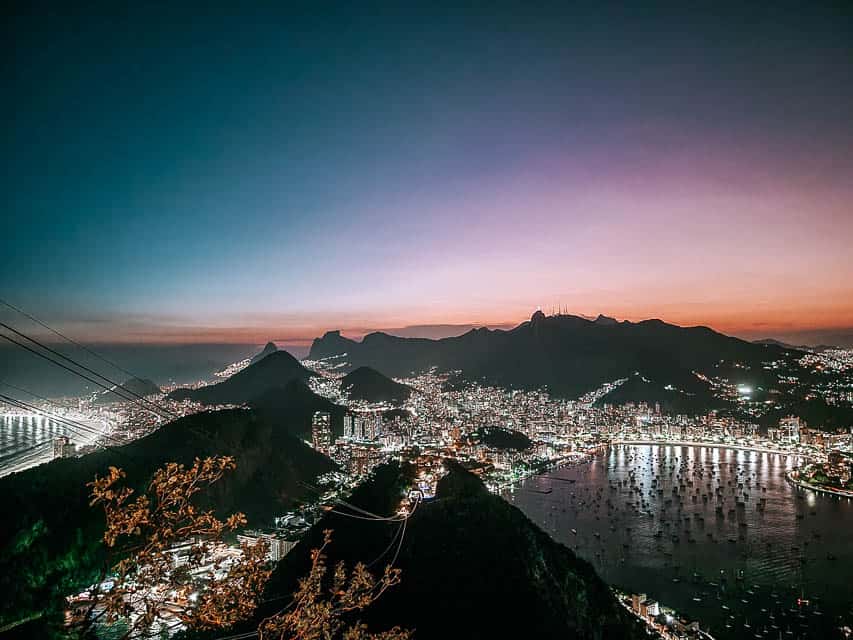
The scenery in Rio is incredibly distinct and breathtakingly gorgeous. The mountains and hills emerge steeply from the shoreline, and the juxtaposition of the forested slopes and rocky precipices against the ocean creates a striking view.
Include how the city seamlessly adapts to these mountainous terrains and winds through and upwards along them, and you’ll find a place unlike anywhere else. Indeed, Rio de Janeiro holds the distinction of being listed as a
UNESCO World Heritage site
For this captivating and lively interplay among mountains, the city, and the sea.
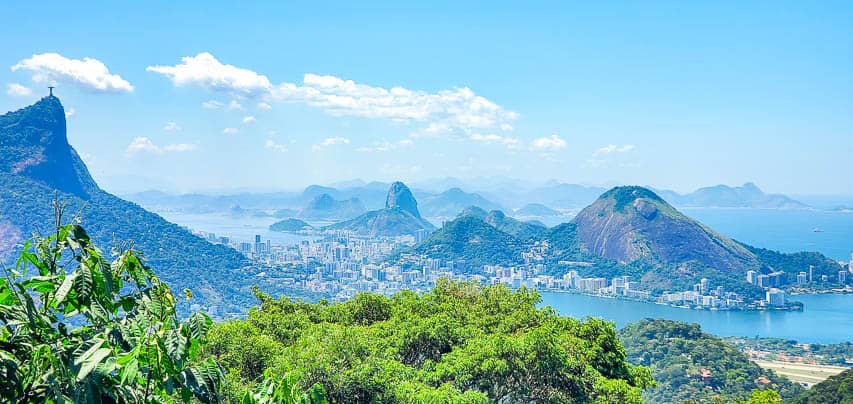
Again and again in Rio, I found myself marveling at the stunning views laid out before me, with numerous vantage points available (
mirante
, in Portuguese) to appreciate all the various perspectives of Rio.
This was actually my favorite part of visiting Rio!
5. You Have the Chance to Witness One of the Wonders of the World

Many individuals consider Rio de Janeiro a must-visit destination solely for the opportunity to view the Christ the Redeemer statue, which ranks among the 7 wonders of the world, prominently situated atop Corcovado Mountain.
The statue, known as Cristo Redentor in Portuguese, has a height of 98 feet (30 meters) and sits atop a pedestal measuring 26 feet high, which brings its overall stature to 125 feet. The outstretched arms extend for an impressive width of 92 feet (28 meters). Surrounding and underneath the monument lies a viewing area from where visitors can admire Cristo Redentor in full splendor, capture stunning photographs, and take in the panoramic views of Rio de Janeiro.
The top advice I have for visiting Christ the Redeemer is to arrive early, ideally right when it opens in the morning.
Secondly, make sure to schedule this visit early during your time in Rio. Should you find yourself waking up to an overcast sky, consider rescheduling for a clearer day instead. It’s quite typical to encounter clouds in Rio, particularly around the mountain areas; however, these often do not persist into subsequent days. Visiting under cloudy conditions could mean standing right beneath the statue without being able to see it clearly!
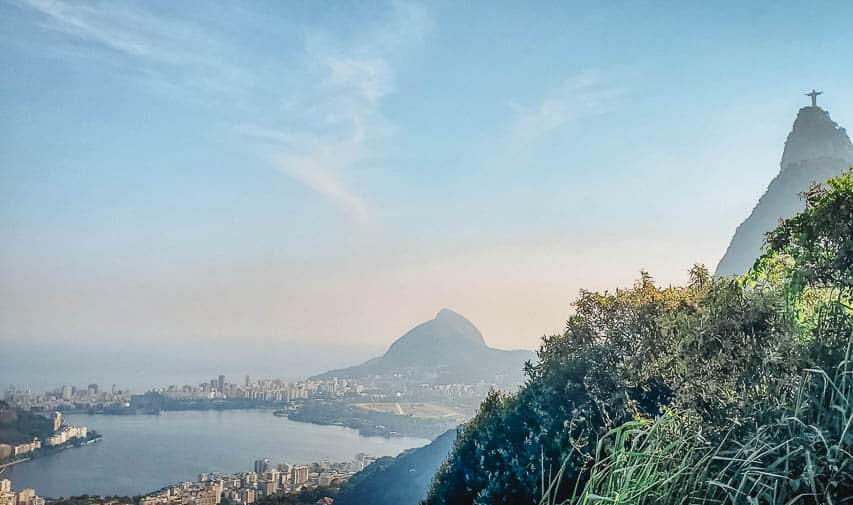
Even though being near the statue itself was incredibly awesome, I believe what I enjoyed most about Christ the Redeemer was catching sight of him perched atop the mountain from various parts of the city. It was extremely thrilling to catch fleeting views of the statue as one strolled down streets or reached the summit of Sugarloaf Mountain.
6. Soccer Takes On a Different Dimension Here

Football (or as Americans call it, soccer) holds immense importance in Brazil, with many major matches taking place in the nation’s largest football stadium located in Rio de Janeiro. Attending a game at the iconic Maracanã Stadium ranks high on anyone’s must-do list—and we were fortunate enough to experience this unforgettable event.
fortunate enough to handle something locally
).
Attending a football match in Rio through a local connection truly offers the ultimate experience, and the great part is—even without having a local acquaintance—you can still enjoy this with a newfound “local buddy.”
This football match experience in Rio de Janeiro
.
7. This is the Best Place to Experience Carnival
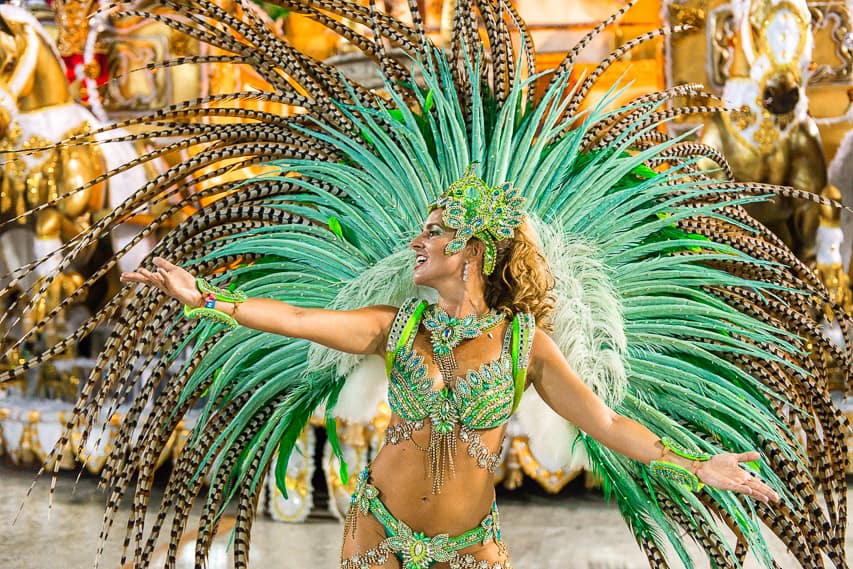
Rio de Janeiro plays host to one of the most extensive Carnival festivities globally, making it abundantly clear that the Carnival here is a major event.
huge
deal here.
The carnival kicks off on the Friday before the start of Lent and continues for approximately a week. Each day during this time, various parts of the city host parades and celebrations. Additionally, each evening features an enormous parade staged at the Sambadrome, which goes on for hours. This event showcases intricate float designs along with thousands of samba performers adorned in vibrant, large-scale costumes.
On average, 2 million individuals join in the festivities each day at the Rio Carnival. Whether you enjoy parties, wish to witness an intricate Samba performance, or simply desire to immerse yourself in the culture of the globe’s largest Carnival, Rio de Janeiro undoubtedly makes for an ideal travel destination.
8. There are Tons of Attractions

You might think that Rio de Janeiro has mostly just Christ the Redeemer, Sugar Loaf Mountain, and Copacabana Beach. However, there is SO much more to see and do in Rio de Janeiro – we spent 5 days in the city and still couldn’t do everything we had wanted to!

To begin with, you can explore numerous stunning ancient churches featuring remarkably intricate and elaborate interiors adorned with gold leafing and carvings covering almost every surface. Additionally, the Botanical Garden and Parque Lage offer charming park settings complete with winding pathways, statues, natural elements, tranquil ponds, and opportunities for wildlife sightings.

The multicolored, tile-covered Selaron Stairs located centrally within the city, the Lapa Aqueducts, the Royal Portuguese Library, the Uruguaina Flea Market, the panoramic viewpoint at Dona Marta, the scenic vista from Chinese Lookout Point, along with numerous museums across Rio—regardless of your travel preferences, there’s an abundance of attractions to explore in Rio de Janeiro.
9. There is Gorgeous Architecture
I’ll admit it, I’m a bit of an architecture snob – I just
really
Like exploring towns where structures appear attractive, intricate, captivating, eclectic, contemporary — anything but utterly simple and unremarkable!
And while Rio de Janeiro certainly has its share of plain, non-descript buildings, I was also really surprised by how many beautiful buildings are in Rio. Centro is the historic center of the city, and you’ll see a lot of 19th century buildings with ornate design features.
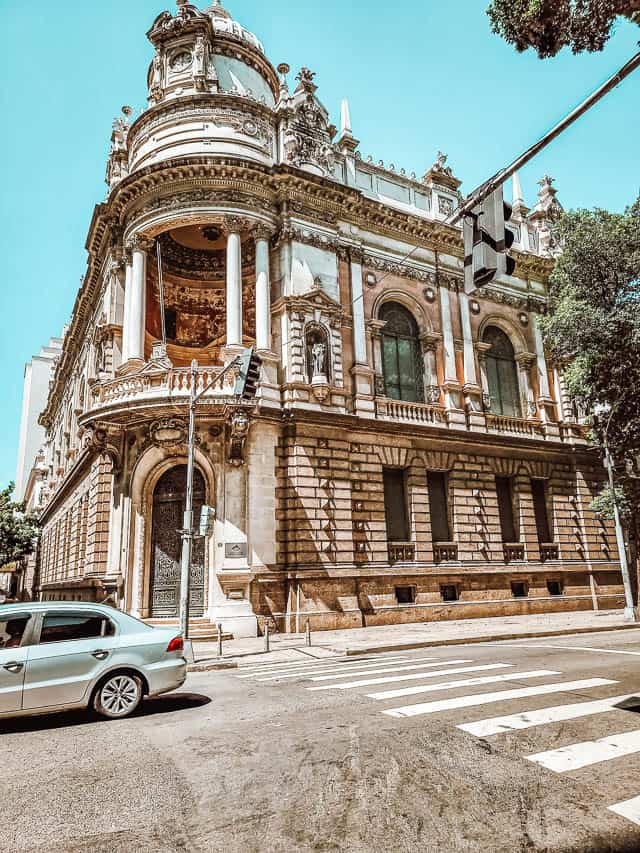
Rio was the capital of Brazil for a few centuries and was the hub for the Portuguese crown before Brazil gained its independence from Portugal, So a lot of the architectural style is influenced by Portugal in particular and Europe in general. The Theatro Municipal was based off of the Opera Garnier in Paris, for example.
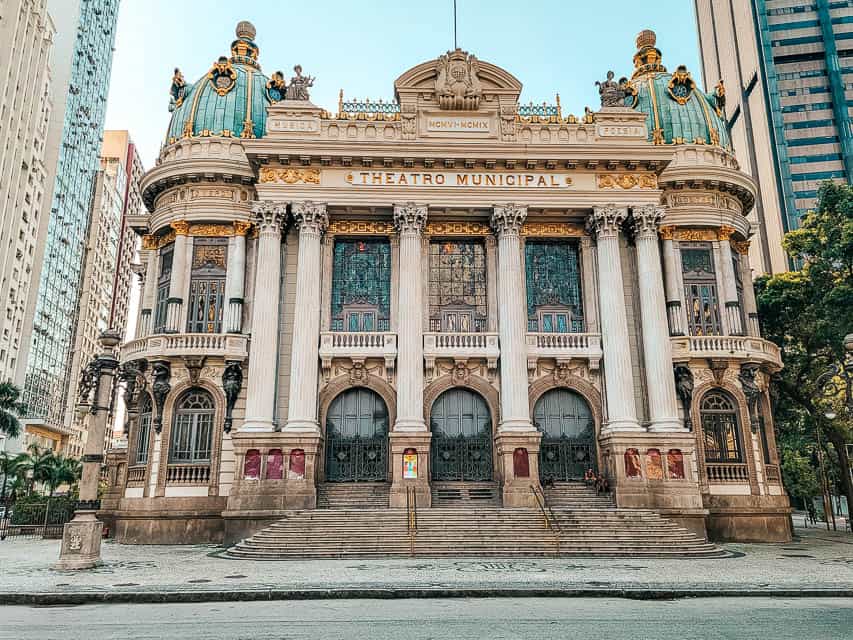
But there are also modern, futuristic designs as well, such as the Museum of Tomorrow and the Metropolitan Cathedral.
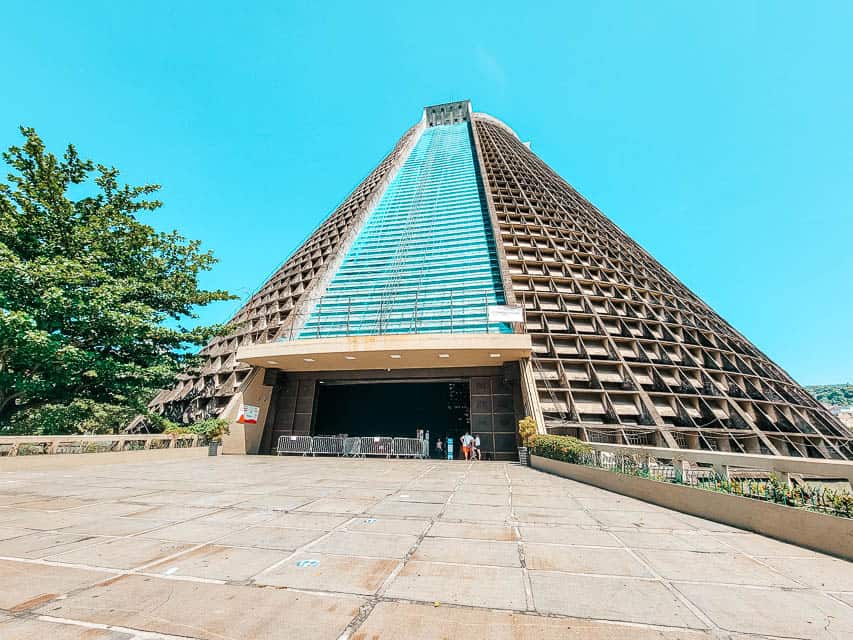
The cool designs continue to the streets, as well, where there are frequent cobblestoned streets and special tiled sidewalks to enjoy.
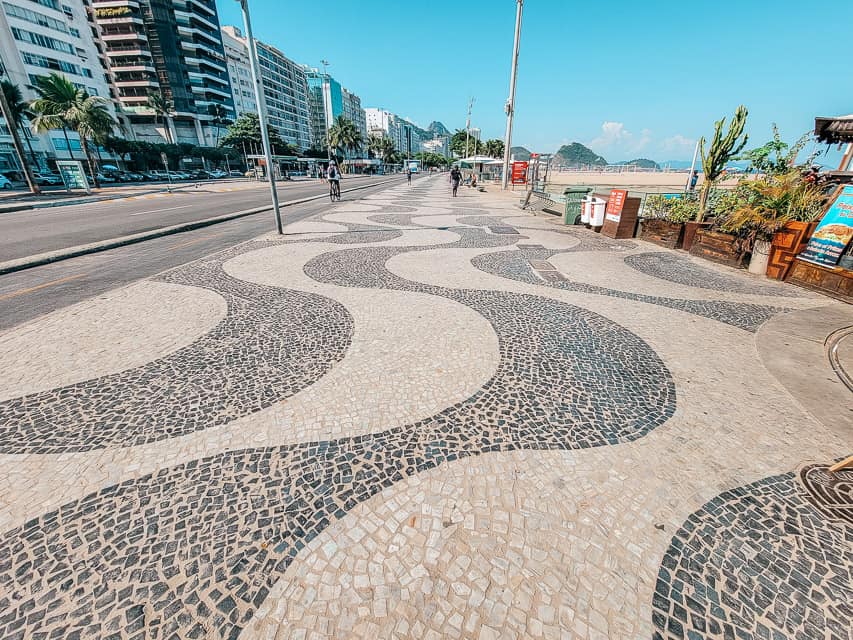
10. Let’s Talk About Safety
Rio de Janeiro often garners a reputation for being unsafe due to various factors such as criminal organizations, shantytowns known as favelas, illicit drug activities, and common thefts. These elements make safety a legitimate consideration for those pondering whether the city merits a visit.
The positive aspect is that by taking a few simple preventive measures, you can significantly reduce the likelihood of encountering unfavorable situations in Rio.
by a lot
We adhered to these safety measures and enjoyed a truly fantastic and secure experience in Rio. Although nothing can be entirely guaranteed, these suggestions should certainly be considered when visiting Rio.
***The favelas are densely populated, extremely impoverished communities typically constructed on the hillside slopes of Rio de Janeiro. These areas are often under the control of criminal organizations such as drug cartels, where firearms like machine guns may be openly displayed. Due to frequent gang incursions, gun battles, or law enforcement operations, these regions should generally be avoided; however, this advice does not apply if you’re accompanied by someone familiar with them.
favela tour
.
In most cases, after dark, refrain from walking on the streets for longer than one city block. Exceptions might apply when you’re in a brightly lit zone with many pedestrians around; however, generally speaking, stay off the streets during nighttime hours.
Make sure to BE EXTREMELY cautious regarding pickpockets – petty theft is very frequent in Rio. Always keep your bag closed and positioned in front of you. It’s often recommended to avoid using your phone outdoors altogether as individuals might snatch it right from your grasp.
If we needed to take photos or check directions (which required having our phones handy), we would always examine the surroundings thoroughly and move away from others before doing so.
Following these essential steps, you will likely be completely secure in Rio.
11. The Neighborhoods Are Varied and Fascinating
Rio de Janeiro consists of numerous distinct neighborhoods, each with its own unique atmosphere. Discovering the varied districts of Rio offers an excellent opportunity to savor and explore the city.
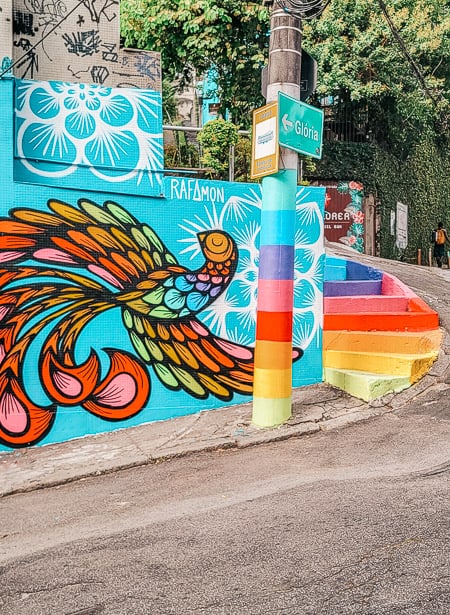
Now, keep in mind that there are several areas you should avoid. Given that crime and violence are significant issues in Rio de Janeiro, it’s best not to stray too far from popular routes.
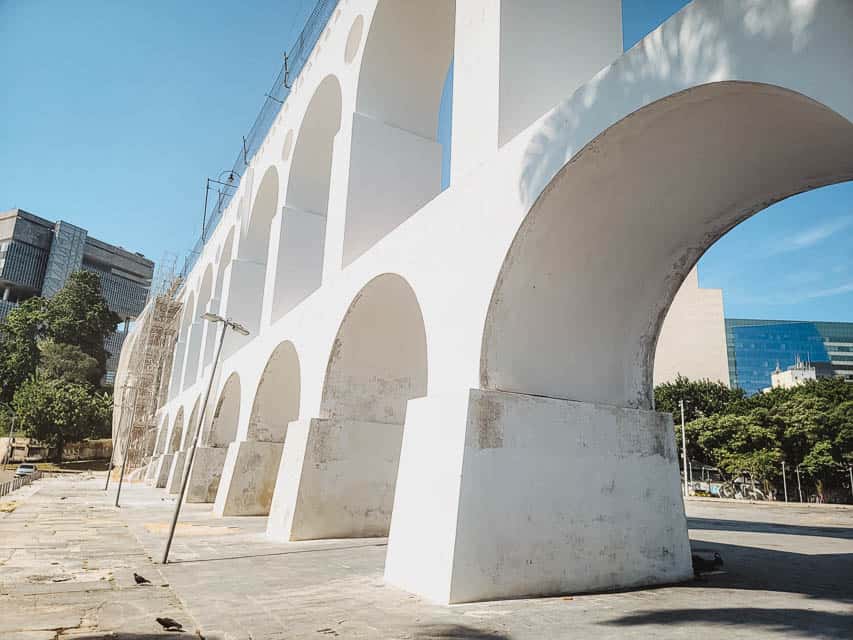
However, delving into the various districts of Santa Teresa, Centro, Lapa, Copacabana, Ipanema, Leblon, and Botafogo will occupy your time extensively and offer a wide array of landscapes, sights, structures, and atmospheres.
12. It’s *Relatively* Inexpensive
Sure, so Rio de Janeiro isn’t the least expensive city in South America. We observed quite a significant difference in prices in Rio as opposed to, for instance,
Colombia
(which was significantly less expensive). Nonetheless, Rio de Janeiro is far more budget-friendly compared to traveling in the United States or Europe.
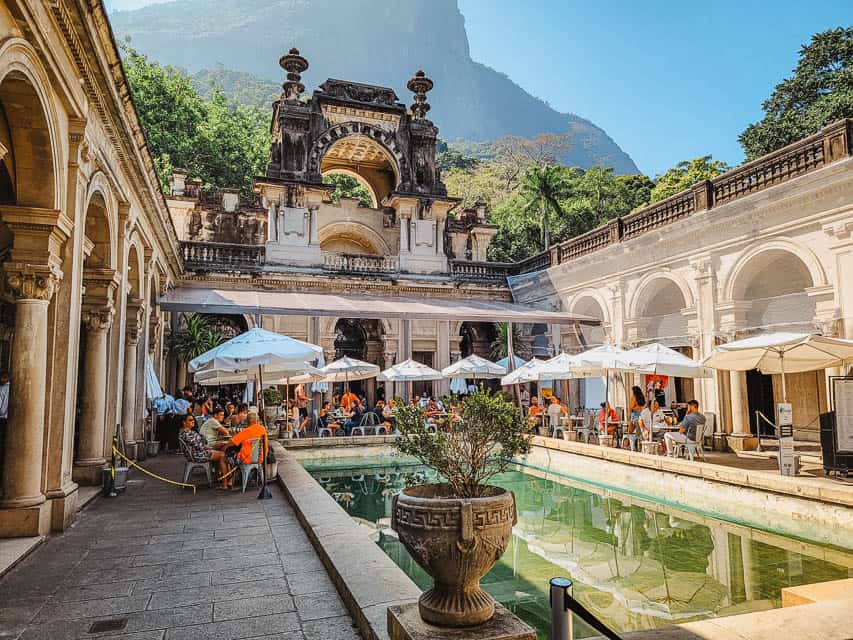
Overall, the pricing was quite reasonable. On average, we paid around $12 per person for each sit-down restaurant meal, typically covering a substantial portion of food, beverages, gratuities, and taxes. In Rio de Janeiro, street food is very prevalent, with items such as empanadas, pastries, churros, açaí bowls, and hot dogs available for roughly $1 apiece.
A solitary journey on the subway costs $1, whereas an Uber ride across town ranges between $3 to $5 based on your destination. The accommodation we stayed at, which was quite pleasant and categorized as mid-range, came with a price tag of approximately $60 per night. In summary, you can enjoy yourself thoroughly without straying too far from your budget.
travel budget in Rio
, which is just one of numerous reasons why visiting Rio de Janeiro is worth your time.
The Wrap Up
It’s evident that despite the necessary safety measures, I firmly believe Rio de Janeiro is definitely worth visiting. It remains a largely underappreciated location, and I’m confident you will be pleasantly surprised by just how much you enjoy the city!
Moreover, the wonderful aspect is that regardless of your travel style, there’s an amazing adventure awaiting you in Rio de Janeiro.
The post
12 Reasons Why You Might Want to Avoid Europe This Year and Explore This Thriving South American Metropolis Featuring Stunning Monuments
appeared first on
The Unknown Enthusiast
.